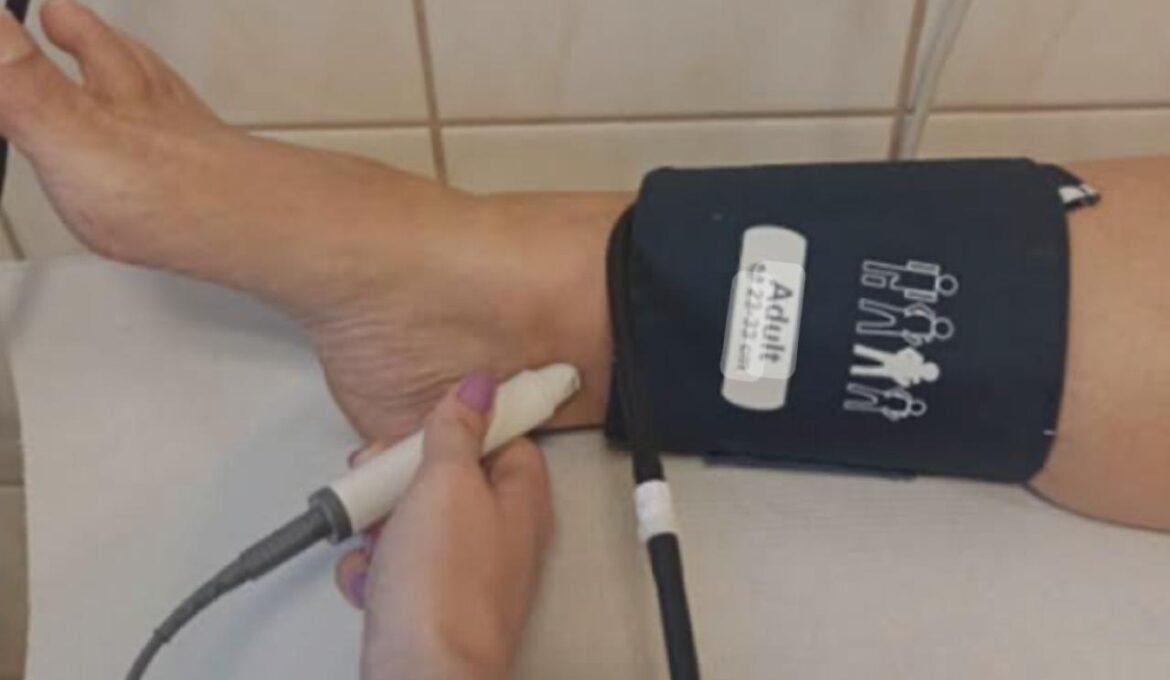Doppler
01. Point 1
A Doppler Ankle-Brachial Index (ABI) test is a non-invasive test used to diagnose Peripheral Arterial Disease (PAD). This condition can cause a reduction in blood flow to the legs and feet, which is common in people with diabetes.
02. Point 2
During an ABI test, a healthcare provider uses a specialized Doppler ultrasound device to measure the ratio of blood pressure in your ankles to the blood pressure in your arms. This can provide insight into how well blood is flowing through your arteries.
03. Point 3
If your ABI results are lowered, it may indicate PAD. An ABI score below 0.9 is usually considered abnormal, indicating a risk of PAD. Regular ABI screenings can help manage and prevent further complications from PAD. However, remember that it's essential to consult with your healthcare provider for a clear interpretation of the results and next steps.
04. Point 4
The Ankle-Brachial Index (ABI) test is an easy, non-invasive test that is used to determine if a patient has Peripheral Arterial Disease (PAD). In people with diabetes, PAD is a common complication that can restrict blood flow to the legs and feet.
05. Point 5
For the test, a healthcare professional will use a Doppler ultrasound device to compare the blood pressure in your ankle with the blood pressure in your arm. The ratio of these two measurements is your ABI.
06. Point 6
Normal ABI scores range from 1.0 to 1.4. A score below 0.9 indicates PAD, and a score above 1.4 could suggest hardened arteries, which is also a concern.

